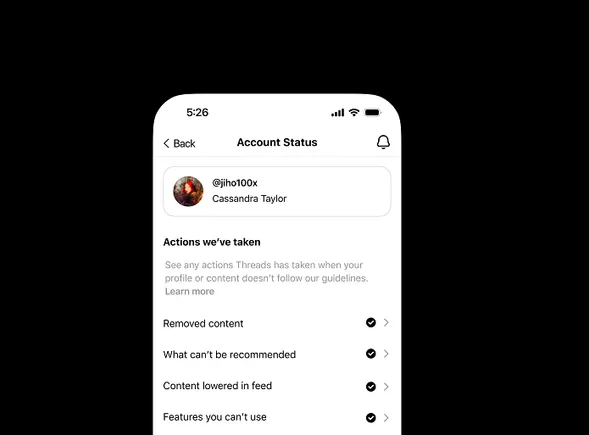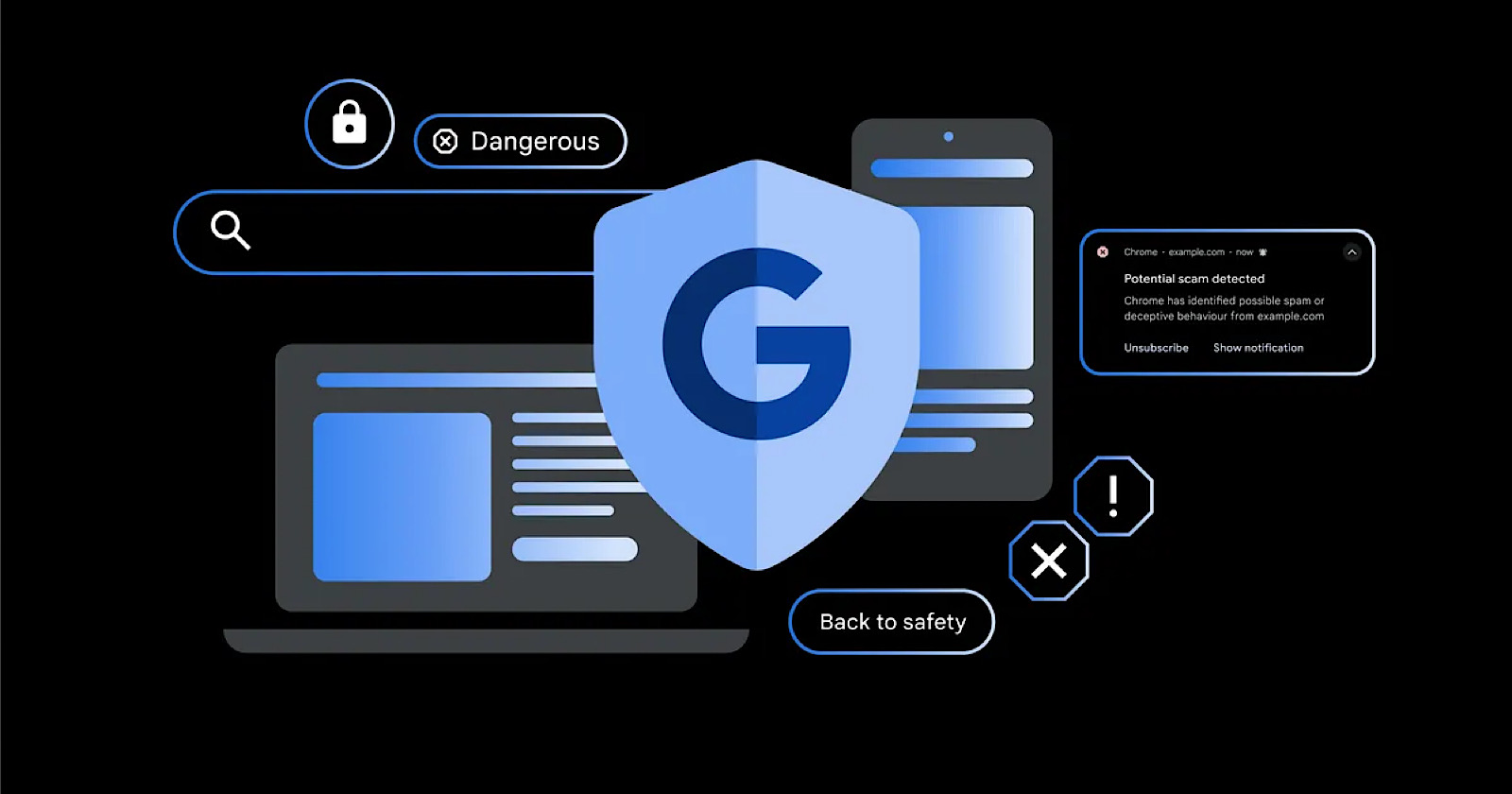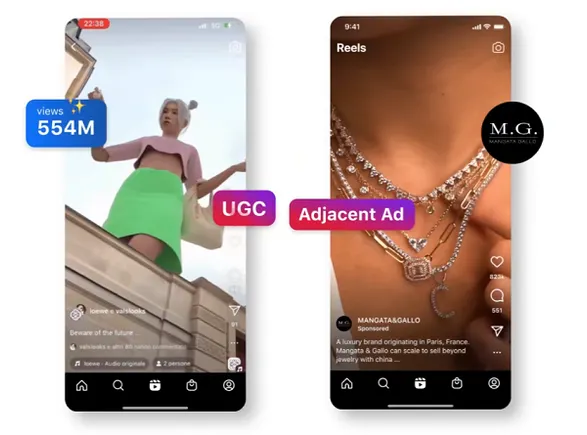What Is Marketing Attribution & How Do You Report on It?
Marketers engage with customers on more channels than ever before. Whether you're working with influencers or posting short-form videos, it makes marketing attribution essential for continued results.

Marketers engage with customers on more channels than ever before. Whether you're working with influencers or posting short-form videos, it makes marketing attribution essential for continued results. This is because the buyer's journey is far from linear. Consumers engage with brands through multiple touchpoints before they make a purchase. For a lot of marketers, getting visibility into the most effective touchpoints can be tough. They have to wade through cobbled data from different sources, spend hours crunching numbers in spreadsheets, or wait for a marketing ops resource to help them. Unless they're using marketing attribution reporting. But what is marketing attribution? And how can you use it to improve your marketing strategy? Keep reading, or jump to the section you're looking for: Marketing attribution is a reporting strategy that allows marketers and sales teams to see the impact that marketers made on a specific goal, usually a purchase or sale. For example, if marketers want to see how a blog post or social media strategy impacted sales, they might use marketing attribution techniques. Here’s how our product team at HubSpot describes it: "Attribution surfaces which interactions a person or group of people took along their journey toward a desired outcome or 'conversion' point." Lead attribution is a type of marketing attribution. It shows how marketers impact the number of leads that come from a given channel, touchpoint, or campaign. Lead attribution data helps teams understand which marketing efforts are most effective for generating qualified leads. Leads aren't sales, but they are important because they show how marketing content or strategies are gaining prospects or new audiences. In turn, these prospects can lead to increased sales or revenue. B2B Marketing attribution is a type of marketing attribution for the business-to-business field. B2B companies sell products or services to other businesses or professionals in their industry. While B2C attribution could relate to smaller purchases, B2B attribution covers purchases from companies, memberships, or leads. B2B marketing attribution data helps B2B companies connect marketing efforts to ROI and CLV. It's also essential for data-driven decision-making. An attribution report pulls prospect and customer actions from your buyers' journey together. There are hundreds of ways to collect customer data and even more methods for analyzing that data. To simplify this analysis, attribution reports use pre-built models. These models help you see which channels and content are helping you meet your marketing goals. This approach to analysis helps marketers understand the most valuable marketing channels. It helps you connect marketing tactics to ROI and CLV. Marketing attribution is also useful for making a business case for new initiatives and changes in strategy. The purpose of attribution reporting is to help you understand how marketing efforts inspire users to convert and build relationships with your brand. Marketing attribution helps you see patterns and actions that your team can use to improve strategies in the future. Now that you know what marketing attribution is and why it's important, you may be wondering how it works. After all, not all marketing channels have the same impact on conversions. Pulling together all the interactions of your buyer journey into a report is only half the magic. The other half is using various types of attribution models. Attribution models let you apply a different amount of credit to each interaction according to the model’s rules. For example, say you're measuring the effectiveness of lead generation for a high-traffic blog post. That blog post draws a lot of first-time visitors, so a first interaction attribution model would probably give that post credit for generating leads. But what if that post also has a landing page link that most users click before signing up? In this case, a last interaction attribution model might give credit to the landing page, not the blog post. These are some of the most common attribution models: This model gives all credit to the first click or interaction a visitor makes in the buyer journey. For example, say the first place a buyer lands before making a purchase is an ad on Facebook. That first click will get the credit for that sale in a first-touch marketing attribution report. This model gives all credit to the last click or interaction a visitor makes in the buyer journey. Using the example above, say the last place a buyer clicks before making a purchase is a product landing page on your website. That last click will get the credit for that sale. If you are thinking about using last-page attribution, think carefully about the user experience in your funnel. For example, say you are generating leads with a free content offer, and your leads download that offer from a thank you page. If you're using last-click attribution reporting, your report could give 100% of the credit for generating that lead to the thank you page. That information won't be especially helpful if you're trying to understand lead attribution for content offers. Multi-touch attribution can help you understand how all your marketing touchpoints work together. It measures and assigns value to all the interactions a contact had up to a key moment in their journey. These reports are valuable because they allow you to pinpoint the exact marketing and sales effort that led to a conversion in your flywheel. This information can help you make better decisions about where to invest your time and resources. For example, say you want to see how a blog post or social media strategy impacted sales. You can use this reporting strategy to assign real financial value to these efforts. HubSpot customers: HubSpot supports three types of multi-touch attribution reports: There are two common models for multi-touch attribution: This model gives the first and last touchpoints in the buyer's journey most of the credit for a conversion. But it also gives some credit to actions that happen between the first and last touchpoints. This model gives equal credit to the first interaction and last interaction, as well as a mid-funnel touchpoint. It splits the rest of the credit evenly to touchpoints that happen between these three interactions. Other multi-touch attribution models include full path, J-shaped, inverse J-shape, and more. Multi-channel attribution is similar to multi-touch attribution. But while multi-touch attribution can describe any type of engagement, multi-channel compares marketing channels. For example, a multi-touch attribution report could track form submissions, clicks, or page views on a single channel. But a multi-channel report will compare the value of channels like social media, organic search, and email. This model gives equal credit to each interaction in the buyer journey. It's helpful for getting a comprehensive view of marketing performance. This model gives more credit to the most recent interactions. The credit for interactions decays the longer it takes for a prospect to convert. In the example above, a meeting was the last contact over seven different touchpoints. In this model, it gets the most credit for the conversion. A social click was the first interaction, and it gets the lowest amount of credit. The best way to begin marketing attribution reporting is to think about what goal you are trying to measure. Are you trying to: Marketing attribution makes it easier to understand which marketing strategies help grow the business. Keep in mind, attribution reporting also helps stakeholders in your organization see how marketing efforts impact business goals. Marketing analytics and tactics can be complex, and this strategy can simplify this information. You can use this report to show the importance of under-valued channels, focus investment on important strategies, or change strategy. Keep reading to learn how to create and use attribution reports to track the success of your marketing efforts. Some businesses do weekly or monthly attribution reporting. Others use marketing attribution as a strategic tool — analyzing this data before making updates. As you choose the right time period for your business, think about seasonality and how the dates you choose can impact your data. For example, if your business runs on an annual sales cycle, you may want to look at multiple years of data. But if your sales cycle happens over a few months, too much data could skew your results. But what if you're not sure what your average sales cycle timeline is? In that case, a visual analytics dashboard can help you notice patterns that can help focus your research. When you first start looking at marketing attribution, you'll see it can help you figure out your top marketing channels. Let's go over a few questions that you might want to answer with attribution reports. Content lives at the heart of inbound marketing. Every marketer wants to know how their content contributes to the number of leads they are generating — especially on their blog. Attribution reports pull that information together to show the number of views a blog post gets before conversion. For bloggers who have not been able to attribute lead generation directly to their blog content, this is a huge win. The information gathered in these reports helps marketers dissect which types of content perform better. That could include popular topics, content formats, or even time of promotion. With a better understanding of which content generates more leads, marketers can make more informed decisions about their marketing. After you find out which type of content generates the most leads, it's important to understand which channels are the most successful in lead generation. This will give you deeper insight into why your content performs the way it does. For example, your email marketing could be the best place to get content to your customers, but your social media could be tanking. Or vice versa. Understanding the health of these marketing channels is key to deciding where your team should invest their marketing resources. For example, say you're doubling down on social media without getting many leads in return. At the same time, say you're generating a ton of leads from email marketing with little effort. With this in mind, you may want to take a second look at your approach. There is a range of content that can contribute to conversions. Blog posts, landing pages, and content offers are often top lead generators. But your homepage, pricing page, About Us page, and other informational pages may be helping too. Running an attribution report for viewed pages on your website can help you figure out which pages get the most visits. This will help you understand which pages to promote, which pages to optimize, and which pages help push prospects through the funnel quickly. Advanced marketers also use these reports for problem-solving. You can use attribution reports to: If you don't have a customer journey map to work from, this template can help streamline the process. Featured Resource: Customer Journey Map Template Before you can begin marketing attribution reporting, you need to collect the right data. It's likely that your business uses many different tools to track customer behavior, both before and after they make a purchase. Your business may track your buyer journey with surveys, interviews, and focus groups. But quantitative data is most useful for attribution reporting. This guide to data tracking tools can help you find the right data collection tools. As you research tools, think about top business goals and the question you want your attribution reports to answer. For example, Google Analytics has over 100 reports for website analytics. But what if you want your attribution model to include user interactions after they sign up? GA is a great data tracking tool, but you may need something else to answer your most urgent attribution questions. Some tools also include data-driven or algorithm-based attribution in their data collection. This can be useful for businesses with long or complex customer journeys. If you’re not sure which tool is right for you, check out this list of top marketing attribution software. One of the most common questions marketers ask when getting started on attribution reporting is which model they should use. The answer depends on the goals of your team and the supporting analysis that’s expected of you. The important thing to remember is that there isn’t a one-size-fits-all for attribution reporting. Instead, it's best to use multiple models. Some tools include algorithmic models that track the full user journey. But many marketers prefer to track their data through multiple models and see which model best answers their questions. For example, say your goal is to widen the funnel and increase brand awareness. In this case, first-touch attribution will quickly help you see which channels and touchpoints draw the most traffic. But what if customer retention is an issue that you want to address in your marketing strategy? In this situation, a multi-touch attribution model may be more effective. Once you choose a model, analyze the data to see if the inputs and attribution model are helping you answer your top questions. For example, take a look at the Dimensions dropdown in HubSpot's revenue attribution report. This feature lets you choose what lens you want to view your attribution report through. This helps you understand which types of interactions, content, interaction sources, and other dimensions are having the most impact on your goal. HubSpot's reporting also makes it simple to toggle between different attribution models. Adding and removing different models in real time makes it easier to analyze the buyer journey. This can help you understand the value of each of these interactions and create the right attribution reports for your goals. Learn more: Attribution can be daunting for even the most tenured marketers. Once you've created your report, you'll want to make your data easy for stakeholders to quickly understand. The best marketing attribution software includes graphics to visualize your attribution data. If you want to create something more specific, these resources can help you make your data presentation clear and useful: Once you have a clear picture of any disconnect between business goals and your attribution reporting results, take a look at your strategy. You may want to do some market research or get training to fill any gaps in your knowledge. Then, make some clear recommendations, run marketing experiments, and put your new strategies into place. The General Data Privacy Regulation (GDPR) means that you need explicit consent from your customers to use their personal data. If you don't have consent, then you won't be able to use personal data as part of your digital marketing strategy. Personal, demographic, and financial details are just some of the information this can include. These details help marketers create more personalized experiences. At the same time, more consumers want to know how companies are using their data. According to 2022 Cisco research, 90% of those surveyed won't buy from a company that doesn't properly protect its data. At the same time, 62% of surveyed consumers say they won't stay loyal to a brand that doesn't deliver a personalized experience. This GDPR checklist can help you understand your businesses' readiness to address customer privacy concerns. Guidelines like these can help your business continue to adapt to ever-changing data collection and storage guidelines. This can help you get the data you need to ensure accurate attribution AND keep meeting customer expectations. Collecting marketing interaction data is the first step to creating trustworthy attribution reports. So, before you begin attribution reporting, be sure to: This step may sound obvious, but if you've ever tried to pull together a report only to find that you're missing essential data, you're not alone. Tracking data is a complicated process, and it's easy to skip a crucial data point during setup. If you're using HubSpot for reporting, this isn't an issue, because HubSpot analytics updates every 20 minutes. So, if you find that you're missing a touchpoint, you'll still be able to quickly use that data in your attribution reporting. But some touchpoints on other tools, like Google Analytics, don't begin pulling data until you create an event. That can cause problems down the line for your reporting, so choose and set up your KPIs early. Another way to collect accurate data is backend tracking. This alternative to client-side tracking is typically done with Javascript. You can track almost the same amount of data, and it’s more reliable and less susceptible to ad blockers. Backend tracking is also a great long-term solution to dealing with the phasing out of cookies. To track data from the backend, consider a third-party service. For example, Google Analytics supports backend tracking through what they call the Measurement Protocol. You can use this API to track page views, events, ecommerce data, and more. This setup takes more work than simply slapping the Javascript snippet on your website. But it's also a way to future-proof your site for privacy changes. Align sales and marketing channels for more useful attribution insights. First, this strategy connects marketing and sales outreach into a single customer journey. Next, it helps your team pinpoint disconnects in personas, KPIs, and customer data. This can not only help your team understand which marketing initiatives drive the most traffic, but it can also improve lead quality and ROI. These smarketing tips can help you connect these channels. HubSpot customers: These tools can help you connect your sales and marketing channels. Marketing automation uses software to complete repetitive marketing tasks like email workflows or scheduled social media posts. This automation can increase the volume of outreach without expanding your team. It can also help you create more targeted personalized campaigns. This increased volume can increase the data your team has on hand to inform your attribution models and your strategy. Use business goals like revenue to inform your marketing strategy. This will make your marketing attribution results more useful to your business and help you get support for new initiatives. When marketing tactics tie to business goals, it creates metrics that are more meaningful to other parts of the business. Then, with attribution, you can track which of your marketing efforts is most effective for reaching the desired results. Marketing attribution often uncovers fascinating data. But it's important that this reporting is more than interesting. Instead, it should offer evidence to support process changes or other strategies that support business goals. Attribution is an effective resource for communicating with other departments. This is because these reports make it quick and easy to see how marketing directly impacts conversions. To make the most of these conversations, here are a few ways to manage expectations. First, identify the right stakeholders to share marketing attribution results. Then, figure out what kind of data is most useful to their needs and goals. You may need to manage their expectations of data accuracy. For example, many analytics tools offer sampled numbers, so they're not usually exact. But this data can still help your team make the right decisions. Attribution reporting can improve your campaigns and respond to your customers' needs. For example, say you notice most of your blog traffic enjoys content about augmented reality. Even if you're missing traffic from those viewers who've opted out of tracking, you can still assume that most of your audience is following this trend. In this case, you may want to propose creating more AR content or updating your older AR content for increased conversions. Once you have a clear process in place, be sure to support the relationships. Share updated reports and data that offer value to each stakeholder consistently. This can help you use marketing attribution to support your marketing goals. HubSpot Dashboard and Reporting software is excellent for attribution reporting. This is because it makes it simple to pull marketing, sales, and service data into a single report. Instead of collecting unique data from a range of tools you can quickly and accurately create custom attribution reports. It sounds simple, but it helps your team save time and avoid critical errors. Besides the extensive data available in the HubSpot platform, you can pull in data from 1000+ app integrations. This tool also keeps data secure and lets teams create reports with different levels of user access — a critical feature for privacy. Each attribution report includes a ‘Learn about Attribution Models’ modal. These show you how to toggle the different models and see firsthand how they apply credit to each interaction. You can add or remove different models in real time, apply different rules to the journey, and understand the value of each interaction. There are also convenient pre-built sample reports for reporting beginners. Then, you can add attribution reports to custom dashboards. This makes it easy for you to track changes at a glance or quickly share updates with stakeholders. Keep reading to learn more about attribution reporting and how to create attribution reports with HubSpot. Google Analytics also offers attribution models for reporting. This is a popular analytics tool, and it will be most helpful for marketing attribution at the top of your marketing funnel. To get attribution reports in Google Analytics, you need to create an attribution project and you may need to create extra views. This step may also mean setting up goals and conversions for specific channels. You can see the full instructions on how to set up your site for attribution here. If you plan to use data-driven attribution models, it could take a few weeks before you can begin reporting on attribution. If you're new to data reporting, this comprehensive guide to Google Analytics can help you get started. Keep in mind, as your website visitors and prospects convert to leads, it may be more difficult to track their buyer journey with this tool. For example, GA's attribution models exclude direct website visits from attribution. You can read more about the different types of Google Analytics models and how to use them here. Another aspect of Google Analytics reports is that you cannot connect the report back to specific contacts unless you use a tool like HubSpot. This makes it challenging to apply attribution trends to: Windsor.ai is a machine-learning-powered tool that collects and organizes attribution data from a range of other tools. It offers multi-touch attribution reporting to help users understand the customer journey and optimize for performance. You can learn more about the data-driven attribution models they favor in this article. This tool also collects and compares both offline and online marketing data. It has 50+ native integrations, including integration with Zapier, which enables additional connections. Then, this attribution software pulls together those different data streams for marketing analysis. Its YouTube channel is full of useful videos to show users how to make the most of this platform. HubSpot customers: Check out the Windsor.ai integration for extra insights. Check out this list if you’re looking for more great attribution software choices. Marketing attribution can help your team figure out which channels and messages impact buyer decisions. It helps you focus your strategy and tactics on what drives ROI for your business. Attribution makes it easier to see the results of every decision you make so you can make the best decisions for your business. So, what are you waiting for? Pick a marketing attribution tool. Start tracking your results with attribution in mind. Then, watch your marketing efforts increase exponentially in value. Editor's note: This post was originally published in August 2014 and has been updated for comprehensiveness.
What is marketing attribution?
Lead Attribution
B2B Marketing Attribution
What is an attribution report?
Why is marketing attribution important?
Types of Attribution Models
First-Touch Attribution
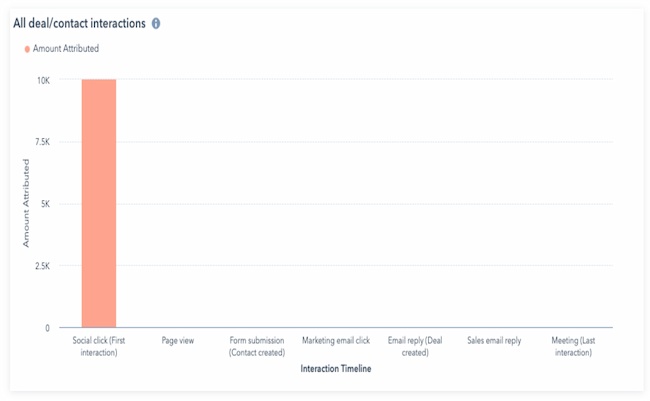
Last-Touch Attribution
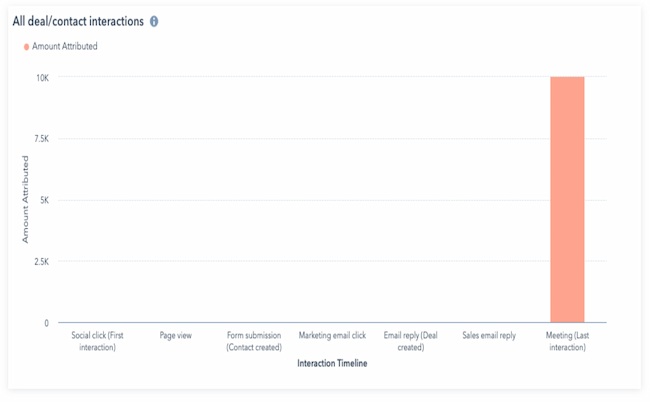
Multi-Touch Attribution Explained
U-Shaped Multi-Touch Attribution
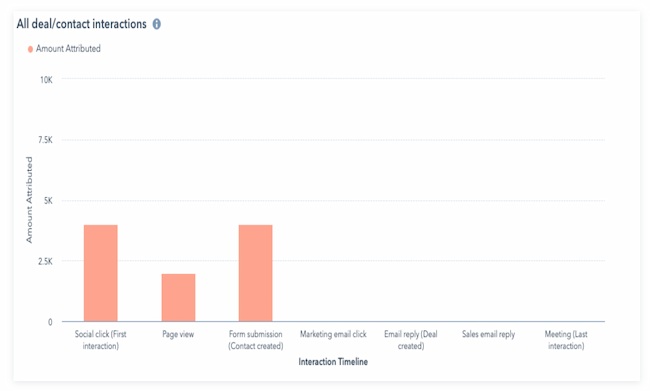
W-Shaped Multi-Touch Attribution
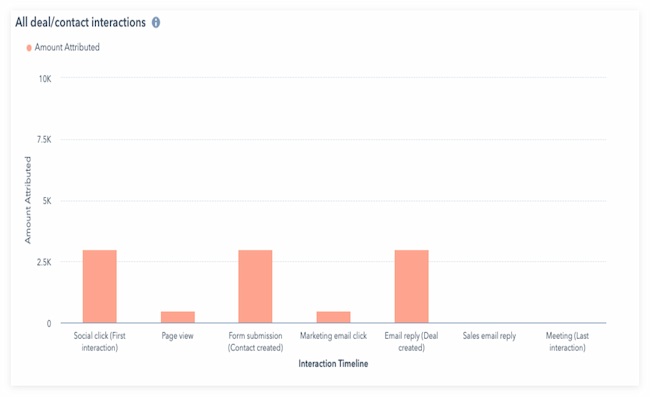
Multi-Channel Attribution
Linear Attribution
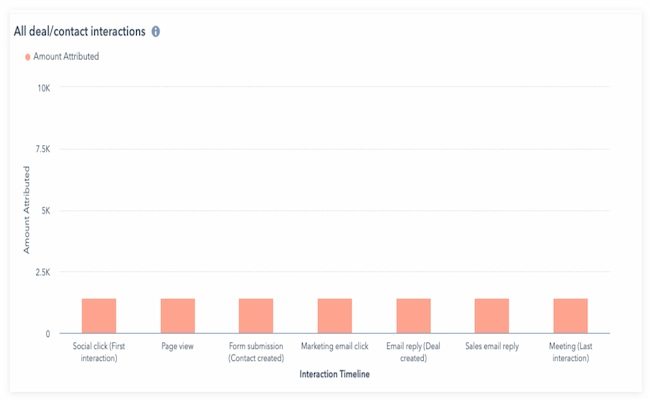
Time Decay Attribution
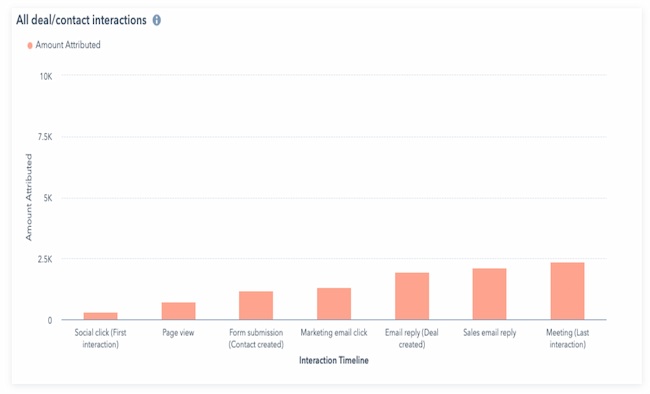
Which attribution report is right for my team?
How to Use Marketing Attribution Reports
1. Decide what time period to analyze.
2. Review customer habits and the buyer journey.
How many leads does my blog generate? And what other content generates the most leads?
What marketing channels generate the most leads? Where is the best place to invest my marketing resources?
Which pages get the most views before a conversion?
3. Find the right tools for data collection.
4. Choose the best marketing attribution model.
5. Analyze the attribution data.
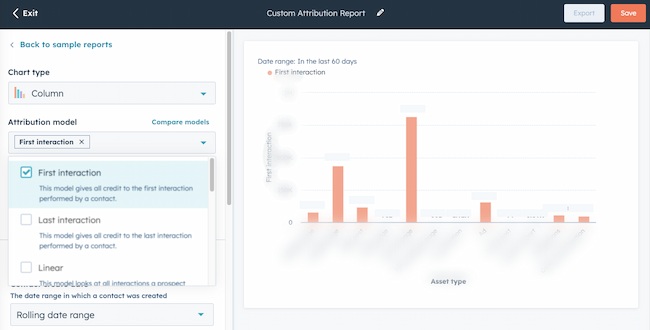
6. Make your marketing attribution analysis easy to review.
7. Act on new insights.
GDPR Considerations With Marketing Attribution
Marketing Attribution Best Practices
1. Choose KPIs for attribution tracking early.
2. Move to backend tracking.
3. Connect marketing and sales channels.
4. Use automation whenever possible.
5. Link every marketing action to business goals.
6. Talk to stakeholders about marketing attribution.
Marketing Attribution Tools
HubSpot
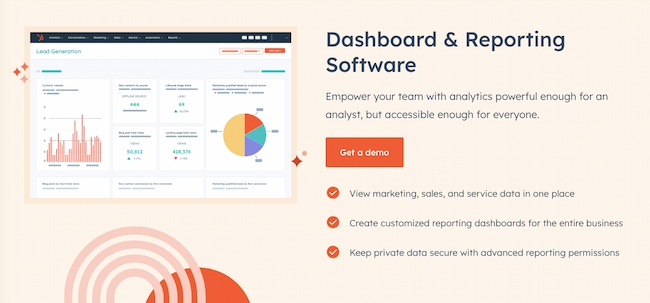
Google Analytics
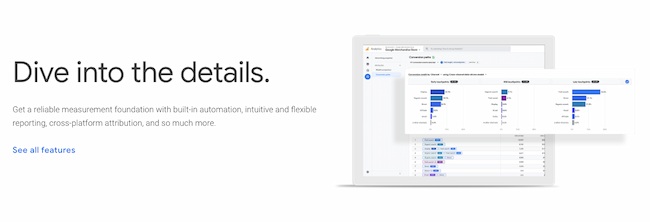
Windsor.ai Analytics
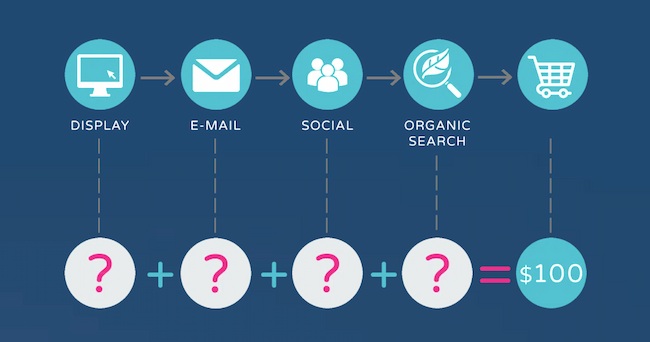
Use Marketing Attribution to Improve Every Channel and Campaign

 Koichiko
Koichiko ![Free Marketing Reporting Templates [Access Now]](https://no-cache.hubspot.com/cta/default/53/0d883e85-c2e5-49bb-bef2-bfddb500d84b.png)
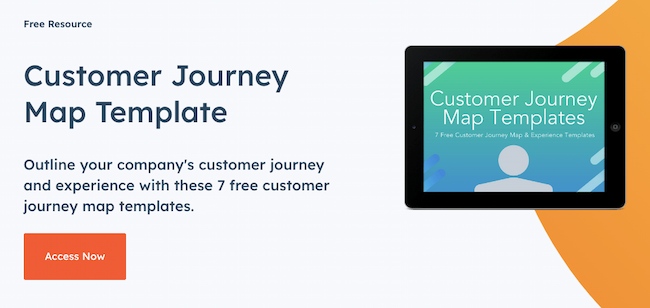
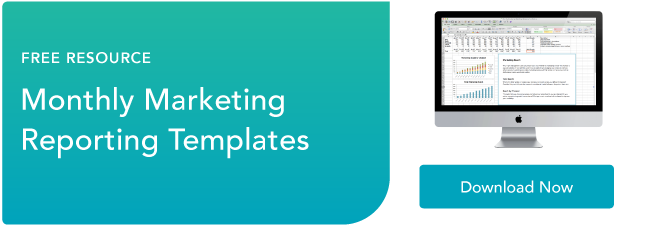












![How to Create an SEO Strategy for 2021 [Template Included]](https://blog.hubspot.com/hubfs/create-seo-strategy.jpg#keepProtocol)











